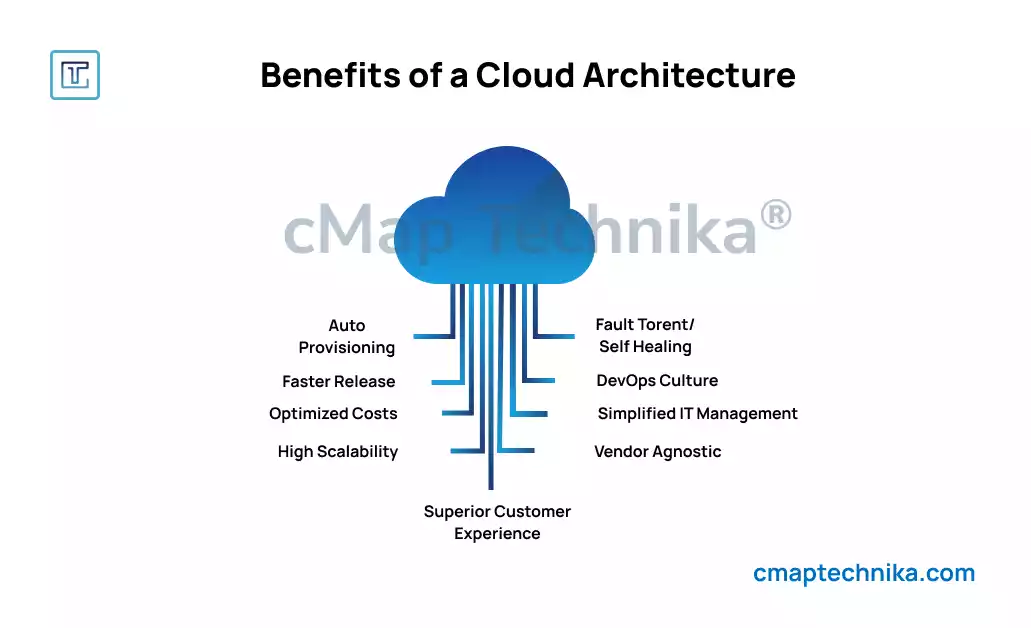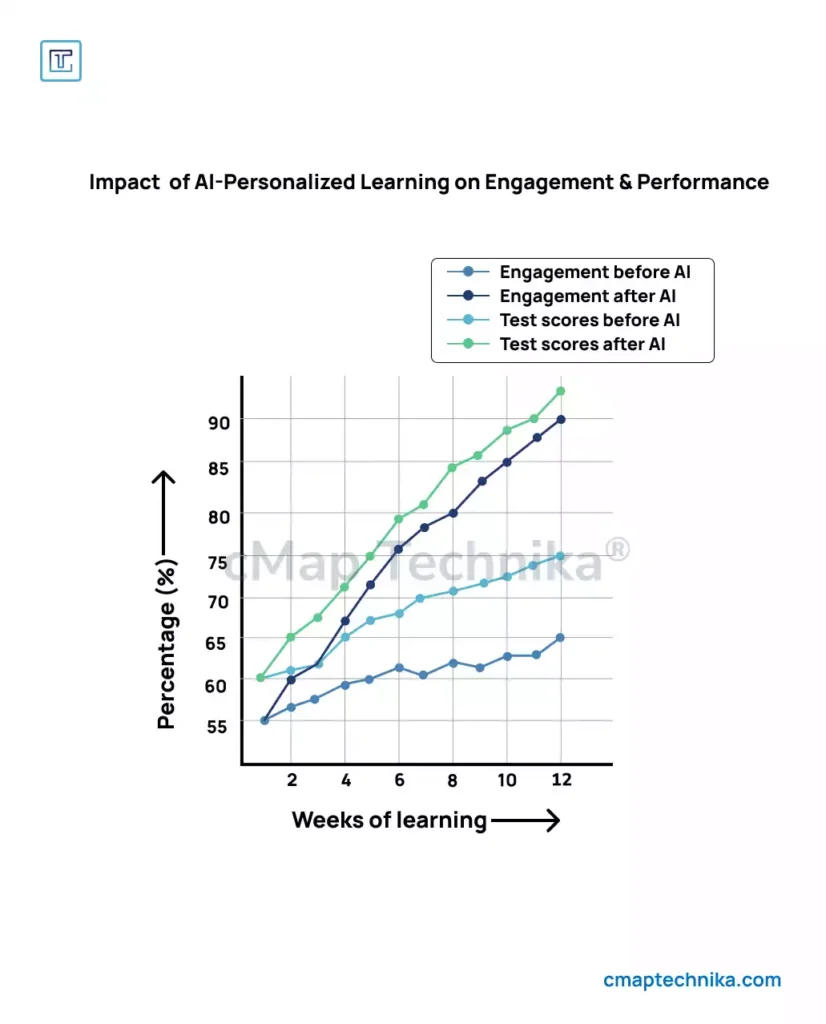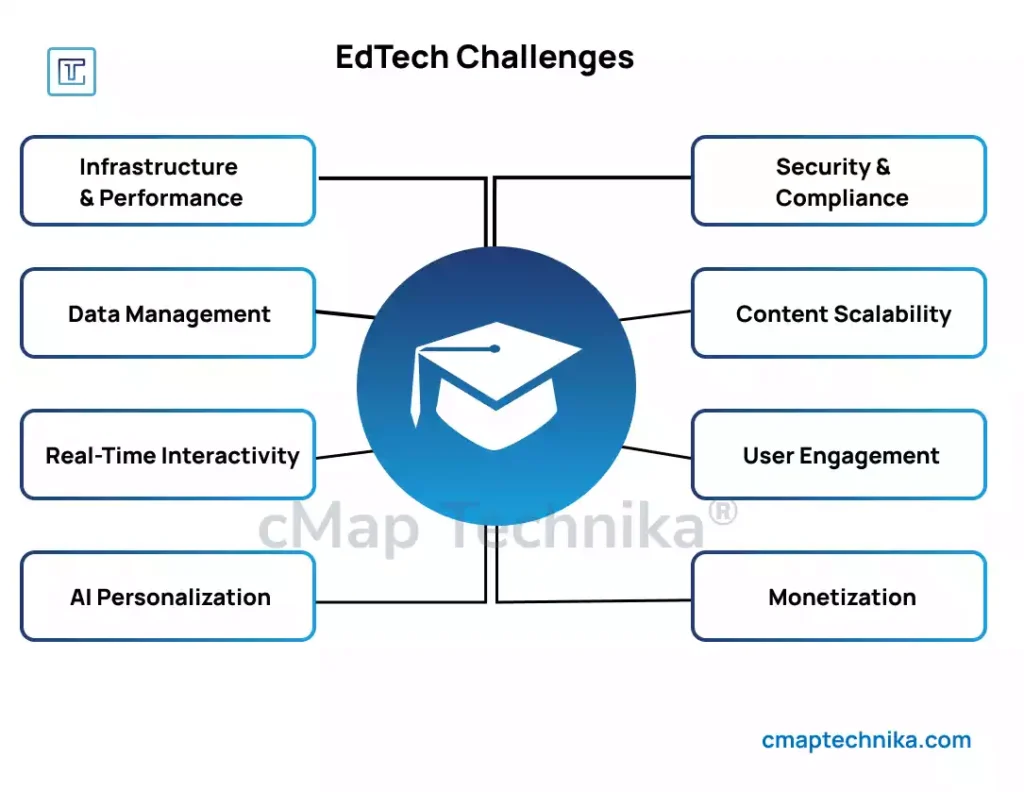The education industry is undergoing a seismic shift. Digital learning platforms are no longer just content repositories; they are dynamic ecosystems that evolve with user needs. But as these platforms grow, so do the challenges—data overload, performance bottlenecks, real-time personalization, and compliance with stringent security regulations. Cloud-native data engineering is the invisible backbone that ensures seamless, personalized learning experiences while keeping costs under control.

Modern learners demand flexibility, instant feedback, and content tailored to their progress. Traditional infrastructure struggles to keep up with the growing demand for high-speed, high-volume data processing. How can EdTech platforms ensure scalability while maintaining efficiency and cost-effectiveness? The answer lies in cloud-powered data engineering.
The Scaling Challenge in EdTech

EdTech platforms handle massive amounts of data daily—student interactions, AI-driven assessments, and real-time analytics. However, scaling up isn’t just about handling more users; it’s about maintaining a seamless, engaging, and secure learning experience. Key challenges include:
- Data Deluge – Managing vast volumes of structured and unstructured data, including videos, quizzes, and student performance metrics.
- Speed & Performance – Ensuring real-time interactions, such as instant feedback and live classroom functionality, even during peak usage.
- Hyper-Personalization – Using AI-driven insights to tailor learning paths based on individual progress and preferences.
- Security & Compliance – Protecting student data while following regulations like GDPR and FERPA to ensure privacy and ethical AI usage.
To tackle these hurdles, cloud-native data engineering provides a resilient and intelligent infrastructure, capable of scaling effortlessly while optimizing efficiency.
Building a Scalable Cloud-Native Data Architecture
A well-architected cloud-native infrastructure enables EdTech platforms to grow on demand while optimizing performance and costs. Let’s explore how.
1. Centralized Learning Insights with Data Lakes & Warehouses
Leading platforms analyze learner behavior to improve course content. Traditional databases struggle with this level of complexity, but cloud-based data lakes (AWS S3, Azure Data Lake, Google Cloud Storage) and data warehouses (BigQuery, Redshift, Snowflake) efficiently store and analyze massive datasets.
???? Example: A platform using Google BigQuery can track which topics students struggle with the most and dynamically adjust course recommendations, ensuring a tailored learning experience.
2. Real-Time Data Processing: The Key to Instant Feedback
Real-time data streaming tools such as Apache Kafka, AWS Kinesis, and Google Cloud Dataflow allow EdTech platforms to process and analyze student interactions instantly. This ensures adaptive learning environments where feedback is immediate.
???? Example: A language-learning app using Kafka streams can analyze voice inputs instantly, providing immediate feedback on pronunciation accuracy, helping students correct mistakes in real time.
3. AI-Powered Personalization at Scale
AI-driven learning models adapt to a learner’s progress and preferences, but training and deploying these models at scale requires cloud-based AI platforms like AWS SageMaker, Google Vertex AI, and Azure Machine Learning. These solutions enable platforms to deliver personalized learning experiences without latency issues.
???? Example: AI-powered tutoring platforms use reinforcement learning models on Google Cloud to predict when a student is falling behind and automatically adjust the difficulty level of future lessons.
4. Serverless & Kubernetes: Efficient Scaling Without the Costs
With serverless computing (AWS Lambda, Google Cloud Functions) and containerization (Kubernetes, Docker), EdTech platforms can scale up when needed and scale down when traffic is low, reducing operational costs.
???? Example: A coding bootcamp platform using Kubernetes on Azure automatically scales up during peak enrollment periods and scales down during off-season months, saving infrastructure costs while maintaining high availability.
5. Security & Compliance: Keeping Student Data Safe
Compliance with global regulations like GDPR, FERPA, and COPPA is crucial for any EdTech platform handling sensitive student information. Cloud providers offer built-in security measures like IAM (Identity Access Management), encryption services, and Data Loss Prevention (DLP) to ensure data protection.
???? Example: An online university uses AWS KMS (Key Management Service) to encrypt student records, ensuring that personal data remains protected and access-controlled, minimizing the risk of breaches.
Future-Proofing EdTech with Cloud & AI

As AI and cloud technologies evolve, the next wave of data-driven innovations will redefine the learning experience. Emerging trends include:
???? What’s next for EdTech data engineering?
- AI-Driven Automation – Intelligent learning assistants that proactively guide students by analyzing engagement patterns.
- Edge Computing – Faster, localized data processing to reduce latency for remote learners and ensure seamless learning experiences in bandwidth-limited environments.
- Federated Learning – AI models trained across multiple institutions without compromising student privacy, enabling a secure and collaborative learning ecosystem.
- Blockchain for Credentialing – Secure and verifiable digital certificates stored on decentralized networks, enhancing transparency and credibility in online education.
These innovations will create a smarter, more efficient learning ecosystem where technology dynamically adapts to student needs, making education truly limitless.
Conclusion: Scaling Beyond Limits
Scaling an EdTech platform requires more than just adding servers—it demands intelligent, cloud-native solutions that can adapt dynamically. By leveraging cloud-powered data engineering, EdTech platforms can scale effortlessly, deliver hyper-personalized learning, and ensure top-tier security and compliance. As AI-driven data infrastructure becomes the backbone of the education industry, the potential for innovation is endless.
The future of education is data-first and AI-driven—those who embrace this transformation will lead the next generation of digital learning.






